UPDATE: On Monday November 16th, regional health authorities in Madrid lifted restrictions on ten of the healthcare zones that had been under perimeter confinement. For the updated information CLICK HERE.
The regional government of the Comunidad de Madrid have imposed new restrictions on another six “Zonas Básicas de Salud” that have high rates of coronavirus infections.
These join 35 other healthcare zones within the Madrid region that already had perimeter confinements in place and have now been extended to at least November 22nd.
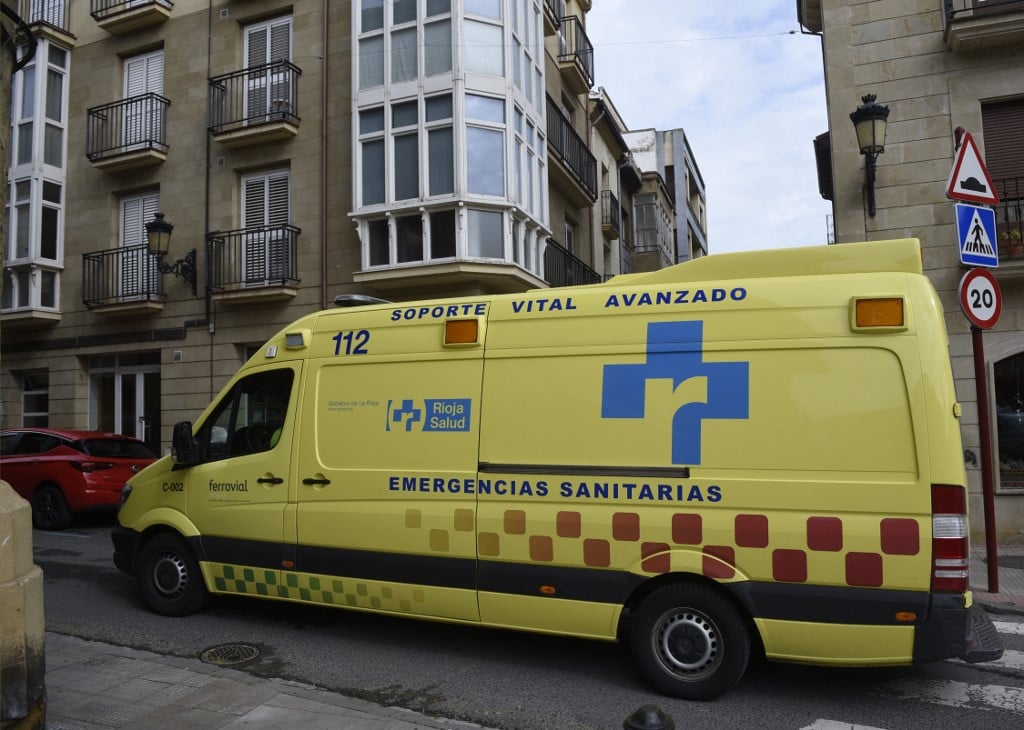
But even if you live in Madrid you may be wondering what a Zonas Básicas de Salud is and how you find out which one you live in.
These are designated areas determined by the regional health authorities and you can find out where they are by exploring the map produced by the Madrid government below.
If you locate where you live and examine the data you can find out whether the accumulative incident rate of new cases over the last 14 days is over 500 per 100,000 inhabitants.
? Estas son las Zonas Básicas de Salud con restricciones vigentes hasta el 22 de noviembre ? pic.twitter.com/dx1GUjL5Ov
— Comunidad de Madrid (@ComunidadMadrid) November 9, 2020
On October 26th, Madrid regional authorities placed 32 zones under perimetral confinement, a measure that was extended to last until at least November 22nd.
Within the capital itself the confined districts are; Núñez Morgado (Charmartín), Guzmán el Bueno (Chamberí), San Andrés, San Cristóbal and El Espinillo (Villaverde); Entrevías, Peña Prieta, Pozo del Tío Raimundo, Alcalá de Guadaíra, Rafael Alberti and Numancia (Puente de Vallecas); Daroca (Ciudad Lineal); Vinateros Torito, Pavones and Vandel (Moratalaz); Puerta del Ángel (Latina); Virgen de Begoña (Fuencarral-El Pardo); Infanta Mercedes and Villaamil (Tetuán).
Collado Villalba Pueblo (Collado Villalba), Guadarrama (Guadarrama); Majadahonda and Valle de Oliva (Majadahonda), San Juan de la Cruz (Pozuelo de Alarcón); San Blas and Pintores (Parla); Colmenar Viejo Norte (Colmenar Viejo); Morata de Tajuña (Morata de Tajuña); Las Fronteras and Brújulas (Torrejón de Ardoz) Barrio del Puerto and Doctor Tamames (Coslada)
On November, 2nd a further three zones were put under the same restrictions, these are: El Boalo (Manzanares el Real), Villarejo de Salvanés and Colmenar de Oreja.
On Monday November 9th another six zones across 8 municpalities were added to the restricted list: These are Chinchón and Villaconejos (Colmenar de Oreja), San Martín de Valdeiglesias and Pelayos de la Presa (San Martín de Valdeiglesias), Moralzarzal, Alpedrete, Galapagar, Sierra de Guadarrama and Collado Villalba.
What are the new restrictions?
If you live within one of the restricted “basic health zones” then you will as of Monday only be allowed to leave the zone to go to work, seek medical care or take their children to school or because of a “force majuere”.
All bars and restaurants will have to reduce their capacity by 50 percent, children's playgrounds will be closed.
Residents of the areas affected will be allowed to move around freely inside their zone but no one from outside will be allowed in.
As well as the measures in place in these restricted heathcare zones, Madrid has a curfew in place from midnight to 6am and meetings are limited to groups of 6.
How long will they last?
The restrictions are currently set to expire on November 22nd but if there are not significant improvements in infections rates then authorities may keep some zones under restrictions for longer.
How will the new restrictions be policed?
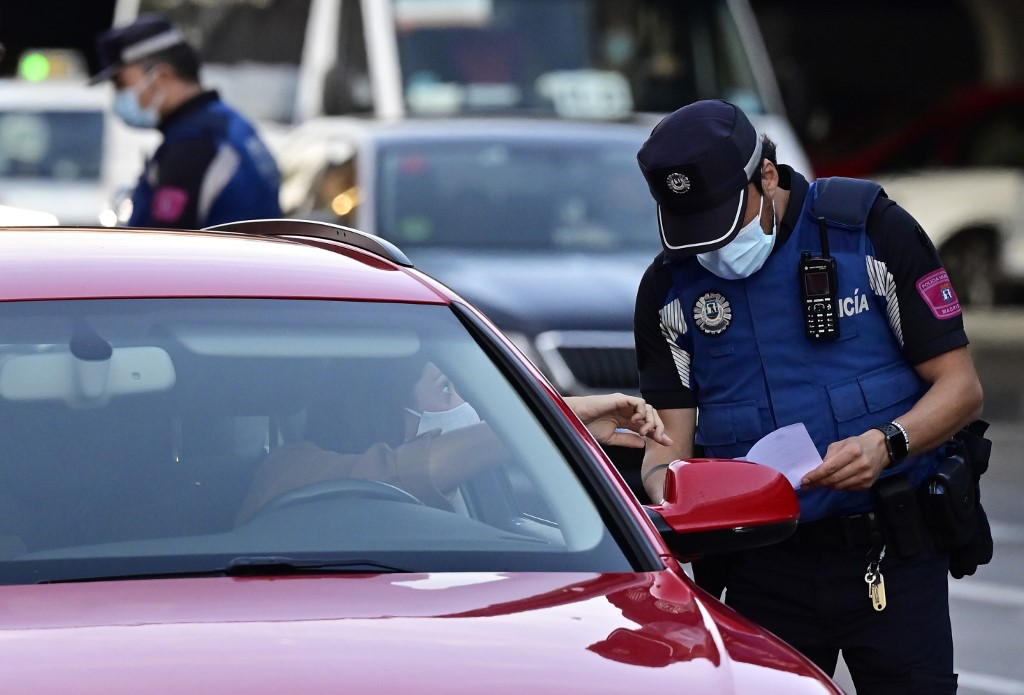
Local police officers, supported by the National Police and the Civil Guard, will be in place to ensure that residents of the affected areas respect the rules.
Anyone caught in breach of the new restrictions could face a fine of between €60 and €600 for a minor infraction and up to €600,000 for a serious one.
New rules
Basically, you must stay within your restricted zone unless you have to travel outside it for work, study, or take your children to school. You can also leave if you have to visit dependents or if you need to seek medical attention or attend a legal or administrative appointment.
Shops and restaurants will remain open but at half the capacity that they are normally allowed and they must shut by midnight allowing last people in by 11pm..
All social groups must not exceed six people and that is across the whole of the region of Madrid, not just the restricted areas.
Plus the within restricted zones parks and public spaces such as childrens playgrounds are closed.
Cinemas, theatres, libraries and sports centres will remain open but with a limited capacity.
Home delivery is allowed.
Permits
People who need to exit or enter a restricted zone must carry a form which they can download from the internet and fill out in order to justify their trip. These must be carried at all times and shown if required when stopped by police at the checkpoints.
They will have to fill out with ID number, address, place of work and reason for movement and must be signed by one's employer.
They can be downloaded HERE. or by clicking through on tweet below.
La @ComunidadMadrid elabora un modelo orientativo de certificado para justificar la entrada y salida de las zonas afectadas por la Orden que entra en vigor el próximo lunes, por razones laborales o profesionales.
Puedes descargarlo ?https://t.co/vCYizDB3dZ#CoronavirusMadrid
— SaludMadrid (@SaludMadrid) September 20, 2020
READ ALSO:

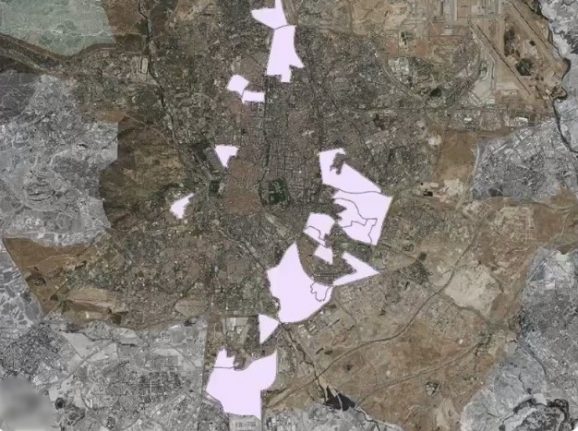
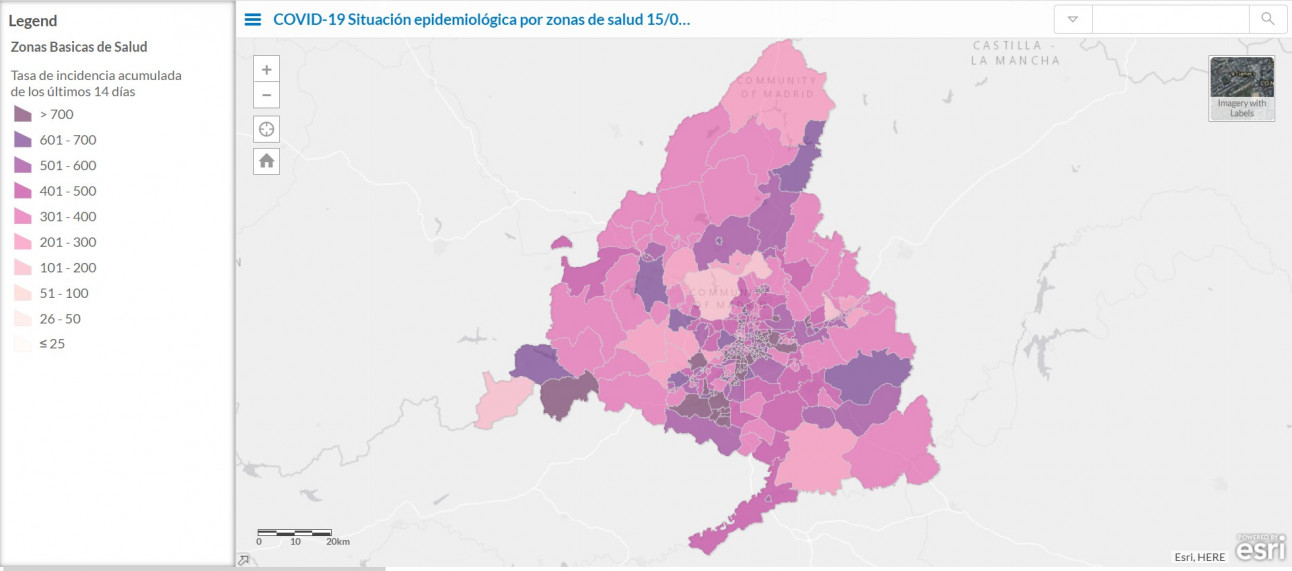
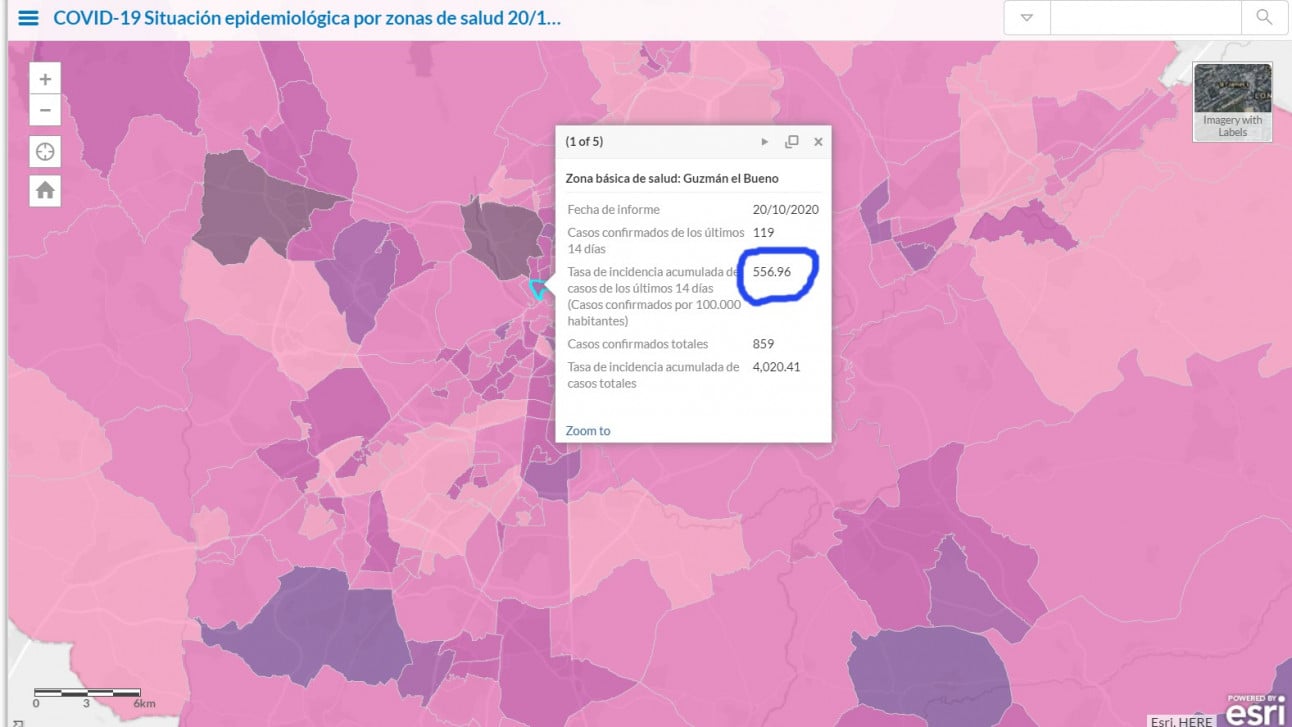
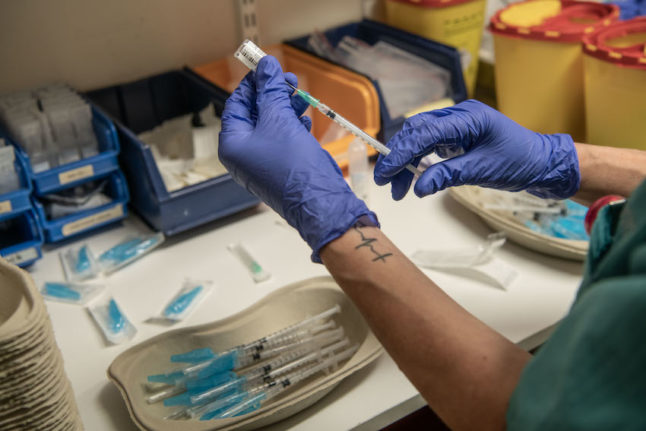
 Please whitelist us to continue reading.
Please whitelist us to continue reading.
Member comments